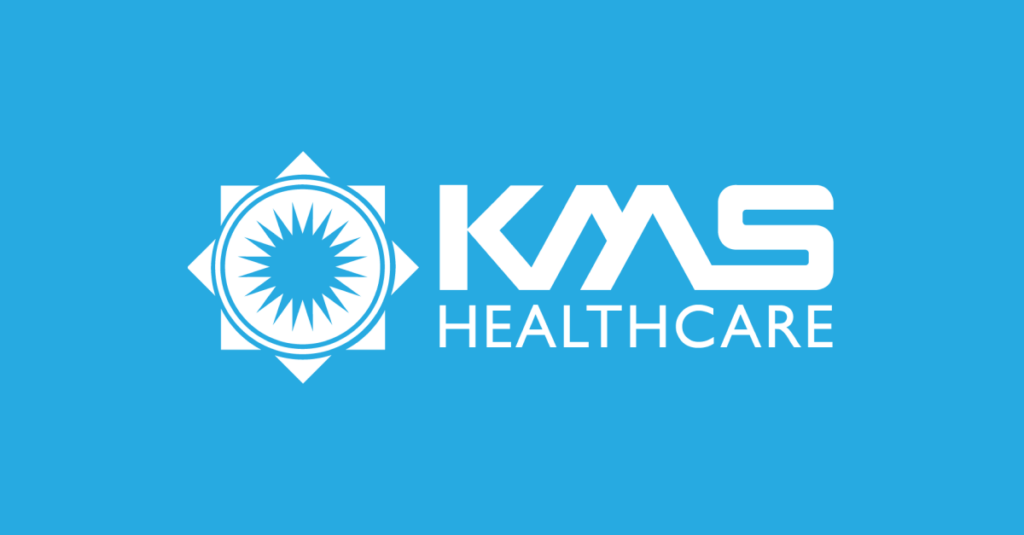Interoperability, AI, and digital experience will enhance patient access to their health data and the best, most fair care
Many people don’t get the healthcare they need because of their income, race, neighborhood, or education. And they often can’t see their own medical records, posing a great challenge of patient access to healthcare data.
These things must change.
And they will. Healthcare regulators and providers prioritize access and equity and fairness in healthcare more than ever.
Your provider customers look to you as their technology partner for the right tools and strategies to deliver access and truly equitable care. Here are three technology guidelines that will help you and your customers confidently fulfill the promise of full patient access and equity:
Let’s take a closer look.
Step 1: Rev Up Your Interoperability Engine

Make It Easier for Patient to Access Their Health Data Faster
Interoperability and patient access live hand in hand. CMS rules over the past few years have focused on “liberating” personal health data from records systems and into the hands of patients.
That means to facilitate patient access, EHRs, administrative systems, wearables, apps, and remote monitoring devices all need to speak clearly to each other with complete, consistent health information. CMS has directed healthcare providers to connect and share data through APIs built using the open-source HL7 FHIR (Fast Healthcare Interoperability Resources) standard. So FHIR (and SMART on FHIR apps) dominates the interoperability discussion in healthcare today.
But not everything is on FHIR. Your provider customers still share more data using the HL7v2 standard than any other protocol. Healthcare organizations also rely heavily on EDI exchange. That’s a lot of data integration technology to navigate and connect.
Solution: What if you could implement an interoperability “engine” that did 85 percent of the data integration work for you?
KMS Connect is an example of this integration infrastructure. Plug the platform in and start every API and integration technology project with the finish line already in sight. The platform has tools in place to pull data from multiple EHRs through their outbound APIs. It translates the data into the formats recognized consistently by other systems and devices, which can enhance your patient access to their information.
The platform uses FHIR to connect and integrate data, but it also provides the infrastructure for data exchange through HL7, EDI, and other methods and protocols.
It’s absolutely the fastest path to interoperability that gives patients live, anytime access to their electronic health records, billing information, scheduling, reminders, care plans, and much more. Here’s a simplified look:
Step 2: Use the Biggest Analytical and AI Brains for Health Equity
Besides patient access, your healthcare provider customers are already on their journey to care equity. It’s an ignited healthcare priority because we analytics and AI help us understand more and more data about patient populations, habits, care access, treatments, and outcomes.
The information that tells this community health story resides in many places, including claims, census, clinical, and patient survey data systems. For your provider customers, the first step in the path to equity will be to understand their communities and the availability and distribution of care. This will become the basis of their equity plan.
Fortunately, our healthcare technology “brains” are bigger and smarter than ever. Healthcare artificial intelligence (AI) technology can instantly understand and interpret huge waves of incoming health data. These healthcare data brains do not only improve patient access to their data but also help providers understand and deliver equitable care in their communities.
Powerful analytics, including capabilities driven by groundbreaking advances in artificial intelligence, can analyze these large volumes of patient and population data to identify:
- Underserved communities
- Income, race, age, and other demographic data
- Utilization of services and treatments
- Compared patient outcomes across communities
- Consistency and fairness of referral patterns
- Payer coverage and discrepancies
- Social determinants of health (SDOH)
Let’s look at a current real-world example of providers trying to solve the healthcare equity challenge. CMS recently revised the accountable care organization (ACO) structure into a new program called ACO REACH. The big change: This model will calculate reimbursements to participants based on how well they deliver health equity in their communities.
Providers participating in ACO REACH must, for the first time, submit a health equity plan to CMS. Once the implementation period kicks off in August 2022, expect these ACO entities to quickly seek population and patient analytics to understand their equity gaps and commit to achievable benchmarks before performance year 2023.
Independent software vendors who can step up to help with both patient access and care equity stand to be in tremendous demand, increasingly so as more such programs roll out.
Step 3: Facilitate Patient Access for Better Digital Experience

So now you have systems that talk and share data, accelerated by a powerful interface platform. You have the analytical and AI firepower to turn that data into information and put it into action.
The digital experience brings it all together in a meaningful way for both doctors and patient access to data to achieve care equity.
In healthcare, the term “digital experience” can mean many things—anywhere web technology intersects with patient care journey. Here we will focus on a few elements of the digital experience critical to patient access and care equity.
Digital Front Door
This concept has been the buzz in healthcare for years. Here’s where access gets bigger and more meaningful than just seeing electronic health records.
We define the digital front as the online patient access tools (portals, sites, apps) that let consumers and patients:
- Get healthcare information
- Compare options and prices
- Schedule care
- Track appointments
- See their health records
- Communicate with doctors
- Manage their care plans
- Navigate billing
This access also promotes healthcare equity—if everyone has the same tools and information to manage their care, the playing field levels and consistency and fairness improve. The biggest challenge is making sure the prevalence of patient access to these digital tools and devices. The front door only works if it opens for everyone.

Mobile Personal EHR Apps
Apps already let patients see their own electronic health records on their phones, watches, and computers. Apple has led this charge with the Apple Health app.
Every major EHR system now enables data access through FHIR APIs. Some provide their own apps for individual patient access, such as EPIC’s MyChart. Others open access more broadly and flexibly, such as NextGen’s patient access APIs.
SMART on FHIR
SMART on FHIR leads as the healthcare app technology of the future. The standard makes it much easier to create flexible apps that integrate and consume data from FHIR APIs. It opens doctors and patient access by giving them much better and less rigid choices for health data apps. Adoption and development have been a bit slow, but your provider customers will seek your help as this app standard grows more popular.
You need a SMART on FHIR strategy and development expertise.
Patients need to be able to see their own electronic health records. It’s a cornerstone of access and can help achieve care equity if we’re careful and thoughtful.
Internet of Medical Things (IoMT)
Healthcare goes with us everywhere now. Sophisticated and sometimes fun IoMT devices and solutions connect people to healthier lives. Wearables, phone app EKGs, implanted heart devices, and A1C monitors track, and share personal health data to help patients and doctors manage good health.
The IoMT promises great advances in both patient access and care equity.
Patients thrive when they are engaged and connected with their doctors and care plans. IoMT provides access to see and share information in ways we couldn’t dream of even five years ago.
And as long as we make sure patient access to these devices is fairly distributed—regardless of neighborhood, income, race, education, or gender—we will level the care equity playing field significantly. Remote monitoring software can automatically share vital health info in the same ways for everyone. Patients can communicate with their doctors, see health records, get reminders, schedule care, and manage prescriptions in real-time from devices that don’t discriminate based on demographics.
IoMT means much more than just smartwatches logging our daily steps. IoMT technologies connect people with healthier lives and open the door for patient access to their data:
- Monitor blood pressure and share data with doctors
- Easily monitor and share glucose readings reliably and conveniently
- Provide real-time warnings of the onset of strokes or cardiovascular events
- Provide more honest self-reporting of health and activity
- Let patients quickly and regularly administer their own tests at home and share the data immediately, replacing costly home care visits
Make Patient Care Access and Equity Your Technology Strengths

Improve patient access and health inequities with KMS Healthcare.
We’ll help set the smartest strategies for you and your customers and do an exceptional job with the development and testing work that you often don’t really like to do.

Click to build healthcare access and equity with KMS Healthcare…